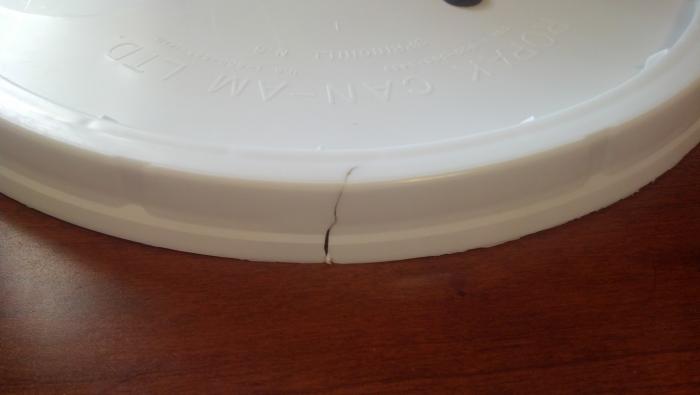Jared_from_Subway
Member
- Joined
- Oct 22, 2012
- Messages
- 9
- Reaction score
- 0
I have had a terrible after taste on the last 4 batches I have brewed. It was so bad on a lager that I had to dump it. The other batches have been bad but drinkable, and the latest (Octoberfest lager) is also very bad. My others were an IPA and a stout which were not as bad probably because it was masked. The taste has been bad enough on all not to share the beer with friends.
The taste doesn't hit until you pull the beer away. It is minimized by simply drinking the entire beer in one sip, which causes other problems.
My Specs:
My suspected issues:
Thanks in advance for any thoughts! I have 3 batches waiting to be brewed but am obviously very leery.
~Jared
The taste doesn't hit until you pull the beer away. It is minimized by simply drinking the entire beer in one sip, which causes other problems.
My Specs:
- I use kits from reputable online vendors (Northern Brewer, Austin Home Brew)
- I keg
- I always do at least 1 week, then 2 weeks, then force carbonate
My suspected issues:
- I have a small crack in my primary bucket lid, on the side. It was caused by pulling the lid off and it splitting. I have brewed good batches with it, though, so didn't suspect it until now.
- I use pure tap water, and I know our tap water has lime in it. I'm considering boiling all water in advance but don't know if that is the right solution. Again, I used this tap water successfully on batches for about 6 months, then things started going bad.
- I live in Texas, so our indoor temps have been closer to 75 degrees than 70.
Thanks in advance for any thoughts! I have 3 batches waiting to be brewed but am obviously very leery.
~Jared



